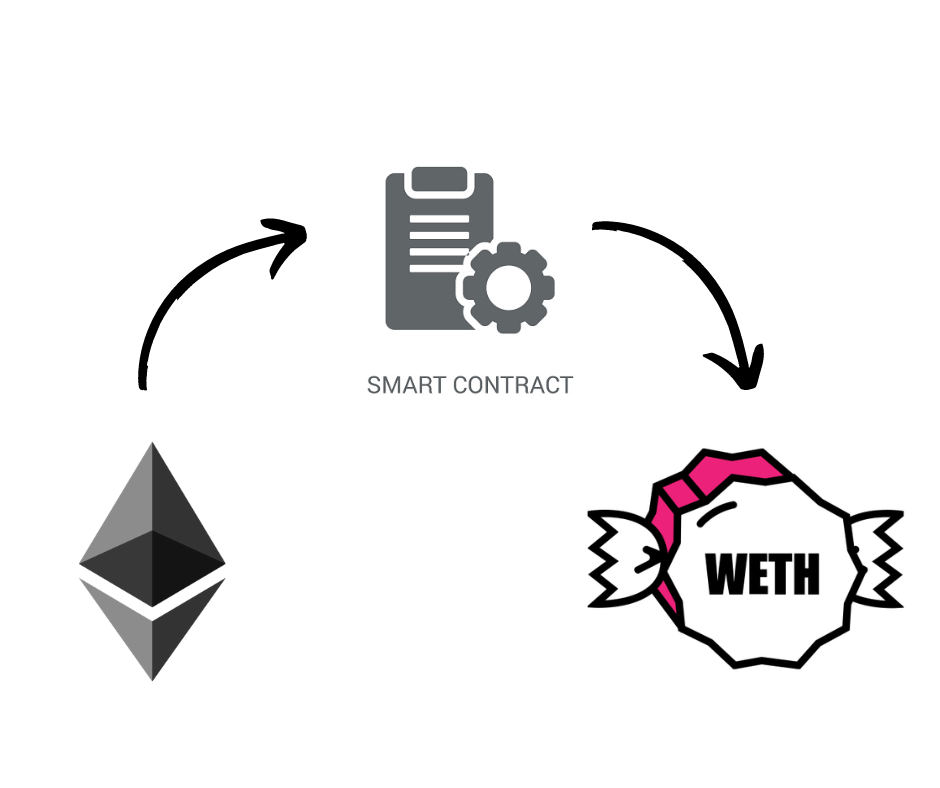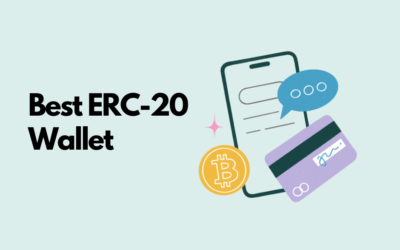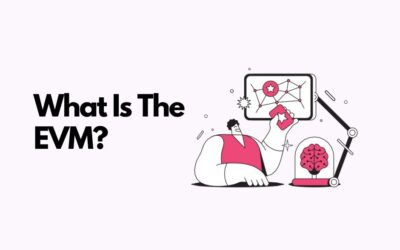In the world of cryptocurrencies, Ethereum is a major player. It is the second-largest cryptocurrency by market capitalization and has a wide range of uses. Ethereum is the oil that powers decentralized applications (dApps) and smart contracts. However, you may be wondering, what is Wrapped Ethereum?
Ethereum has its own blockchain, which means it can be difficult to use on platforms that do not natively support it.
This is where WETH comes in.
By wrapping Ethereum in an ERC-20 token, it can be more easily used on DEXes and other platforms that only support ERC-20 tokens. ERC-20 is a standard for tokens on the Ethereum blockchain, and it has become the de facto standard for most cryptocurrencies.
What Is Wrapped Ethereum?
Wrapped Ethereum (WETH) is a version of the popular Ethereum cryptocurrency that has been “wrapped” in a standardized ERC-20 token. This allows it to be more easily used on decentralized exchanges (DEXes) and other platforms that support ERC-20 tokens.

To wrap Ethereum as WETH, a user simply has to send their Ethereum to a smart contract on the Ethereum blockchain. The smart contract will then issue an equal amount of WETH to the user’s address. The user can then use their WETH on DEXes or other platforms that support ERC-20 tokens.
Benefits of Wrapped Ethereum
One of the main benefits of WETH is that it allows users to more easily trade Ethereum on DEXes. DEXes are decentralized exchanges allowing users to buy and sell cryptocurrencies without a central authority. They are often preferred by users who value privacy and security, as they do not require users to deposit their funds with a central entity.
However, DEXes often only support ERC-20 tokens, which can make it difficult for users to trade Ethereum on them. By wrapping Ethereum as WETH, users can more easily trade it on DEXes and other platforms that support ERC-20 tokens.
WETH is also useful for dApp developers. Many dApps are built on the Ethereum blockchain, and they often need to accept payments in Ethereum. However, if a dApp only accepts ERC-20 tokens, it can be difficult for users to make payments in Ethereum. By wrapping Ethereum as WETH, dApp developers can easily accept payments in Ethereum without having to worry about compatibility issues.
Who Created Wrapped Ethereum?
The concept of WETH was first proposed by Vitalik Buterin, the co-founder of Ethereum, in a blog post in 2017. However, WETH was not formally created until later, when a group of Ethereum developers and companies decided to implement the idea. The first WETH contract was deployed on the Ethereum mainnet on January 25, 2018. It was created by a group of developers and companies including 0x, MakerDAO, and Kyber Network.
Should You Use Wrapped Ethereum?
It is important to note that wrapping Ethereum as WETH does not change the underlying Ethereum. The Ethereum is simply being held in a smart contract and represented as an ERC-20 token. The user retains control over their Ethereum and can unwrap it at any time by sending their WETH back to the smart contract.
Overall, WETH is a useful tool for Ethereum users and developers who want to more easily use Ethereum on platforms that do not natively support it. By wrapping Ethereum in an ERC-20 token, it can be more easily used on DEXes and other platforms that only support ERC-20 tokens, making it easier to trade and use in a wider range of applications.








0 Comments